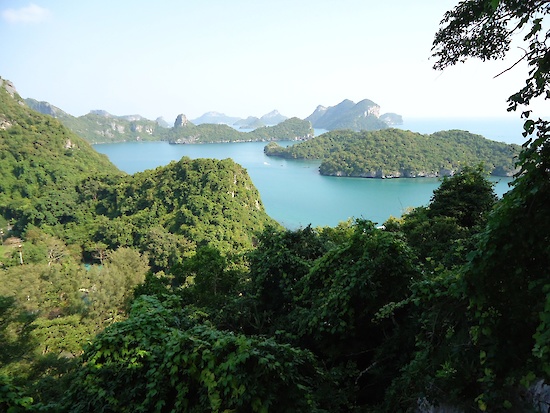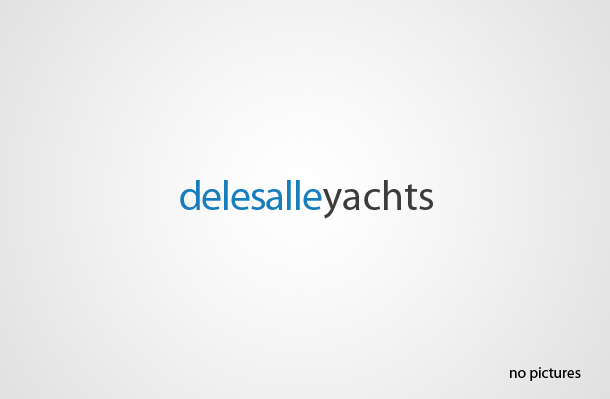Changing Thailand’s charter rules
The post from Asia Pacific Superyachts 
Photo:Angthong Marine Park
Stringent government regulations have posed a barrier for foreign-flagged charter growth in Thailand. However, as governments across ASEAN countries continue to explore the benefits of yacht chartering at the economic front, Thailand could witness substantial growth in this area.
Gordon Fernandes, co-founder of Asia Pacific Superyachts (APS) explains where the Charter Rules stand now and why the need for changes. Fernandes comments were published in the 3-part article, “Asia – a world of possibility”, in Ocean Magazine.
While the Thai Minister of Transport granted a foreign superyacht a ‘charter licence’ in 2016, the Revenue Department still requires the owner to import their yacht into Thailand first – and pay tax on its total value, reports the article, completely negating any benefits of obtaining the ‘licence’ in the first place. The key now is to persuade the Revenue Department that it would be better to allow yachts to come in and charter, and then just collect taxes on the charter revenue. The government already collects VAT on all the yacht’s spend on provisions, excursions, refit and repair etc, amounting to hundreds of millions of dollars.
Fernandes, in backing needed changes, states: “I am a firm believer that relaxation of the charter rules is essential. Not being able to charter simply here in Thailand is a massive barrier to growth in the industry and to a growth in ownership. Charter is critical for Thailand and the rest of Asia as it provides the introduction to the superyacht lifestyle. Moreover, the more boats that are owned by Asians, the more the ability to charter will lead to more people loving the lifestyle a boat provides.”
“In earlier times many people in Asia disliked the rocking and rolling of a boat, but technology has changed considerably over the years and zero speed stabilisers have added to the enjoyment of boating. Additionally, WiFi capabilities have meant people can stay connected and work from their boats. There is a growing demand for charter in the region. Opening up Thailand to charter would create much-needed jobs. We are already seeing far more Thais being employed in the industry compared to five years ago”, Fernandes reports.
He adds, “Phuket marinas are ready for the rules to change and can handle all the needs of a superyacht. Berths in the resort island are available for yachts up to 130M’s in length at any one of Phuket’s many fully equipped marinas. There is a growing superyacht labor force and excellent docking facilities. Superyacht visits are increasing exponentially and over the past 15 years approximately 1,500 yachts and cruisers annually visited the Pearl of the Andaman”.
“On the eastern side of the country, the Gulf of Thailand and Koh Samui are also seeing more superyachts visit each year”, adds Captain Charlie Dwyer, co-founder of Asia Pacific Superyachts and based on Koh Samui.
“Cruising stunning islands and waters of the eastern area of Thailand prior to the pandemic were stunning superyachts that included the 61.42-metre M/y White Rabbit with support superyacht M/y Charley, 98-metre M/y Aviva, and 60.1-metre M/y Paraffin. Changes in Thailand’s Charter Rules will have a huge impact on vessels like these, wanting to explore the natural splendor of Thailand and South East Asia, away from the hustle & bustle of the Med and Caribbean.”



